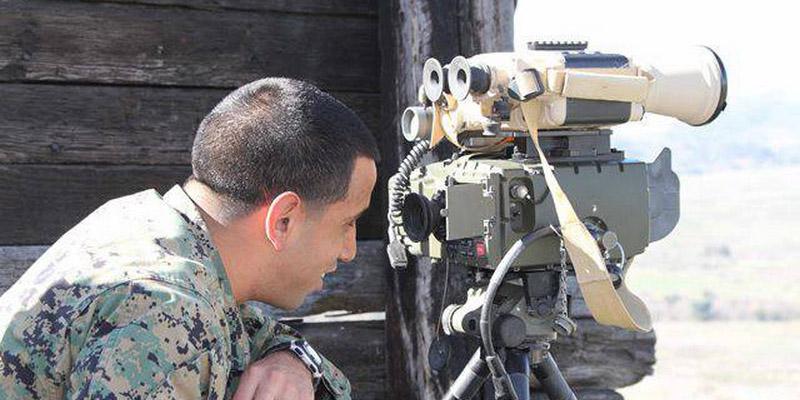Marine Corps Systems Command Harnesses OTAs for Handheld Targeting System
To spur innovation for a necessary handheld targeting system, the U.S. Marine Corps is turning to the Other Transaction Authority contracting tool, which provides for rapid prototyping of technologies.
The Marine Corps Systems Command awarded four Other Transaction Authorities (OTAs) to BAE Systems, Elbit Systems of America, Fraser Optics and Northrop Grumman Systems Corp., according to the command.
The command will use the OTAs to assess how the companies are able to produce a Next Generation Handheld Targeting System. The Marines need such a system to quickly acquire targets; perform guidance against targets; and generate target location data during combat operations, the command reported.
The system must have target recognition, location, and designation ranges for both day and night operations. The Marines are looking for a handheld targeting system that is compact, rugged and lightweight. The system’s overall ergonomics also must support forward deployed soldiers on-the-go on foot. The handheld targeting system has to be able to integrate with the Marine Corps’ Target Handoff System Version 2, which is used to view and manipulate target information.
“During the first phase, the four awarded companies will explore potential system capabilities and provide Marine Corps Systems Command with an in-depth study of the best solution for our Marines at the best price,” said Megan Full, contract specialist supporting Program Manager Fires at the command. “We will collect the findings by the second quarter of fiscal year 2019 and choose one or more vendors to move onto phase two where they will develop and demonstrate prototypes.”
Currently, the Marine Corps uses four legacy systems: the Portable Lightweight Designator Rangefinder, Joint Terminal Attack Controller, Laser Target Designator and Thermal Laser Spot Imager. The intent is for Next Generation Handheld Targeting System—which the Marines are also referring to as the NGHTS—to replace all four legacy pieces.
“For the last four years, we have worked diligently to explore an option that condenses the legacy versions into one lightweight system with a reliable power supply that is rugged enough to throw onto a Marine’s pack,” said Jeff Nebel, Fire Support Coordination Team lead, PM Fires. “The NGHTS will combine all of the legacy capabilities into one system that is compatible with both current and future fire support systems, and will support the Marine Corps for the next 15 to 20 years.”
“The NGHTS will be an important advancement because it is planned to reduce the current weight of the laser designation and laser spot imaging capability by 60 percent, which will increase the mobility and lethality of our fire support-focused Marines,” said Maj. Nathan Morales, USMC, Targeting Systems project officer, PM Fires. “This capability is focused on our ability to fight in the compartmentalized terrain outlined in the Marine Operating Concept.”



Comments